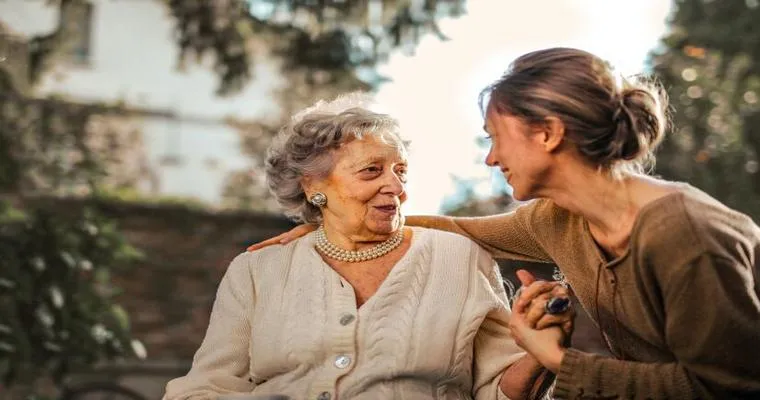Caring for a "93 year old" mother with "muscular dystrophy (MD)" can be both rewarding and challenging. As a caregiver, understanding her needs and providing the right support is crucial for her well-being. In this article, we will explore effective ways to assist your elderly mother in managing her condition while maintaining her dignity and comfort.
Understanding Muscular Dystrophy
Muscular dystrophy is a group of inherited disorders that cause progressive weakness and loss of muscle mass. As your mother ages, the symptoms may become more pronounced, making everyday tasks increasingly difficult. It is essential to familiarize yourself with the specific type of muscular dystrophy she has, as each type can affect individuals differently.
Create a Comfortable Living Environment
A "comfortable living environment" is vital for your mother’s well-being. Consider making modifications to her home to enhance accessibility. Simple changes, such as installing grab bars in the bathroom, ensuring that frequently used items are within reach, and using non-slip mats, can significantly improve her quality of life. If mobility is a concern, you might also want to invest in a walker or wheelchair to help her move around safely.
Encourage Independence
While your mother may need assistance, it is important to encourage her independence as much as possible. Allow her to participate in decisions regarding her care and daily activities. This can boost her self-esteem and help her feel more in control of her life. Simple tasks, such as choosing her outfit for the day or deciding on meals, can provide her with a sense of agency.
Provide Emotional Support
Emotional support is just as important as physical assistance. Your mother may experience feelings of isolation or frustration due to her condition. Regularly engage her in conversations and activities that she enjoys. Encourage her to express her feelings and listen attentively. If she is open to it, consider involving her in support groups where she can connect with others facing similar challenges.
Coordinate Medical Care
Managing your mother’s health is crucial in supporting her with muscular dystrophy. Schedule regular check-ups with her healthcare provider and keep track of her medications. It might be helpful to maintain a "medical journal" that records her symptoms, medication schedules, and any changes in her condition. This information will be valuable during doctor visits and can help in making informed decisions regarding her care.
Explore Therapy Options
Physical therapy can be beneficial for individuals with muscular dystrophy. A qualified therapist can help improve her mobility, strength, and overall quality of life. Additionally, occupational therapy may assist her in adapting daily tasks to her abilities. Discuss these options with her healthcare provider to determine the best course of action.
Seek Community Resources
Don’t hesitate to seek help from community resources designed for elderly care. Many organizations offer support services, respite care, and resources for caregivers. These services can provide you with additional tools and knowledge to support your mother effectively.
Focus on Nutrition
A balanced diet is essential for maintaining your mother’s health. Consult with a nutritionist to create a meal plan that meets her specific needs and preferences. Proper nutrition can help her maintain strength and energy levels, which is particularly important for someone living with muscular dystrophy.
Be Patient and Understanding
Finally, patience is key when supporting a 93 year old with muscular dystrophy. There will be good days and bad days, and your mother may have moments of frustration or sadness. Being understanding and compassionate will go a long way in making her feel loved and respected.
In conclusion, supporting your 93 year old mother with muscular dystrophy requires a multifaceted approach that combines physical, emotional, and medical care. By creating a comfortable living environment, encouraging independence, and providing emotional support, you can enhance her quality of life and ensure she receives the care she deserves. Remember, you are not alone in this journey, and seeking help when needed is a sign of strength.





